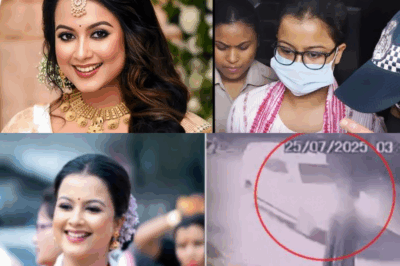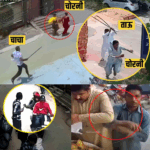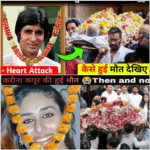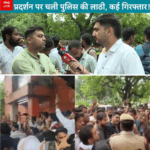The Rise and Tragic Fall of Sushant Singh Rajput: The Untold Story Behind His Stardom and Struggles
It started with a pair of bright eyes and a smile that made every Indian household feel connected. Sushant Singh Rajput, born on January 21, 1986, in a modest home in Patna, Bihar, had dreams bigger than his surroundings. Raised in a disciplined family due to his father’s government job, Sushant was never content with just following the rules. He achieved academic excellence, even ranking seventh in the grueling AIEEE exam and earning a place at Delhi College of Engineering, but his heart was never in engineering. The stage, the lights, and the world of acting called out to him.
.
.
.
Tragedy struck at the delicate age of 16 when Sushant lost his mother—an event that left a permanent void, yet also fueled his determination. While still in college, his passion led him to join Shiamak Davar’s dance group. He would soon find himself performing as a background dancer at events like the Commonwealth Games, sharing the stage with stars such as Aishwarya Rai—all the while holding on to a bigger dream: to stand out, to shine.
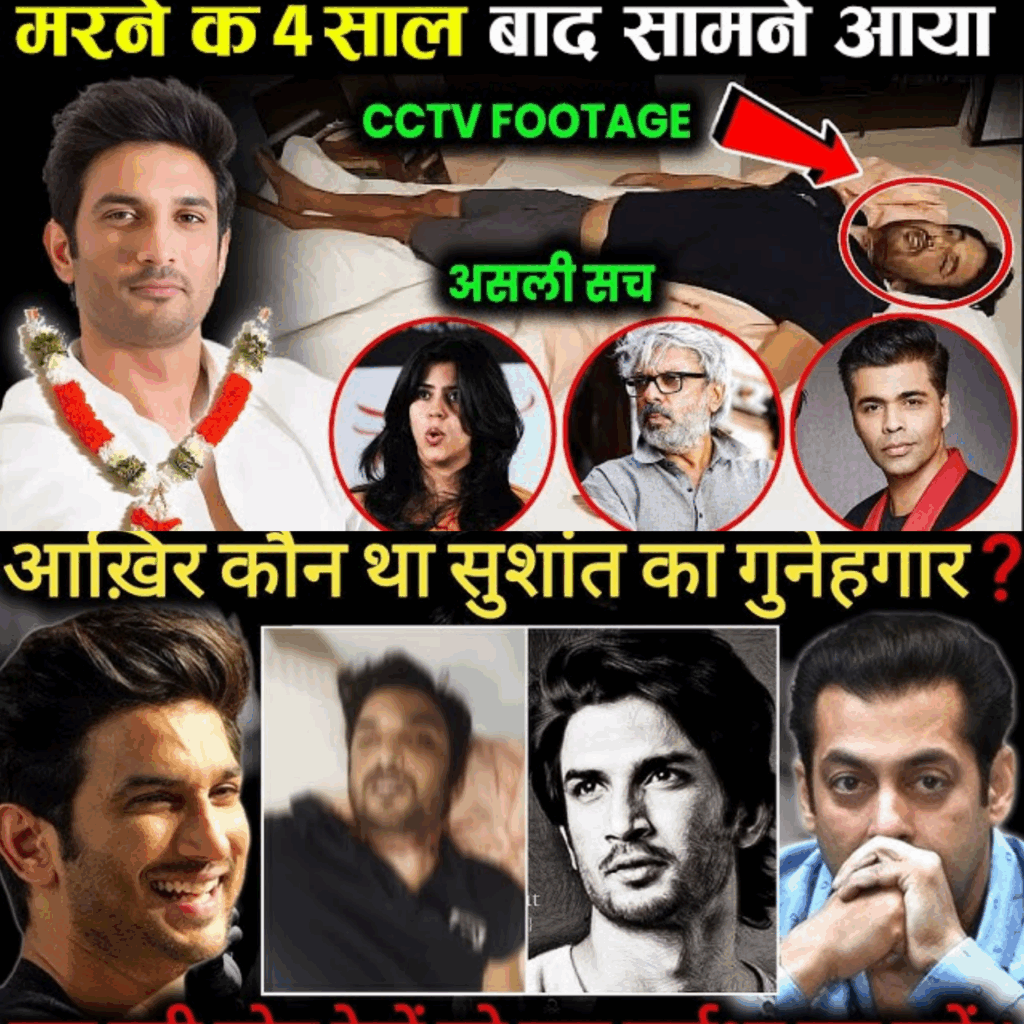
The journey from Delhi to the relentless city of Mumbai was anything but easy. Sushant wasn’t from a film family, had no influential godfathers, and arrived with just hope in his eyes. He lived in rented rooms, queued for auditions, and endured countless rejections. But he never abandoned his faith in himself. His introduction to the world of acting came through the television series “Kis Desh Mein Hai Meraa Dil.” But real fame found him as “Manav” in “Pavitra Rishta.” Sushant’s authenticity, humility, and powerful performances made him a household name. He proved that genuine talent and relentless dedication could set one apart, even in the crowded entertainment industry.
But television was never his horizon. The silver screen beckoned, and with the film “Kai Po Che!” in 2013, Sushant became a cinematic sensation almost overnight. His roles in “MS Dhoni: The Untold Story,” “Chhichhore,” “Kedarnath,” and “Dil Bechara” showcased his incredible versatility, honesty, and depth as an actor. Yet, as the applause grew louder, so did the shadows behind the scenes.
Beneath the surface, the glamour industry that had welcomed him with open arms also began to shut its doors. Allegations of nepotism, exclusion, and a toxic lobbying culture began to surround Sushant. He faced sudden loss of films, missed opportunities, and the pain of being sidelined by those he once admired. Some sections of the media began branding him as “unapproachable” or “difficult,” reducing a brilliant mind with varied interests—from astronomy to coding—to a mere stereotype.
Despite his outward smile, loneliness and frustration set in. Rumors of depression and mental health struggles circulated, though his family and friends refuted these claims. The irony was bitter: Sushant, who had just delivered a heartfelt message against suicide in “Chhichhore,” was himself found dead in his Mumbai apartment on June 14, 2020. The news shattered the nation, raising countless questions that official investigations—by agencies like CBI and NCB—could never fully answer. Was this simply a case of suicide or was there more behind the tragedy?
Sushant’s death ignited a nationwide conversation about the darker side of Bollywood—the pressures, the power games, and the fate of “outsiders.” The hashtags demanding justice for Sushant trended for months, exposing the deep-rooted issues of nepotism and mental health. As investigations closed without indicting anyone, fans and peers were left unsatisfied and grieving.
Above all, Sushant Singh Rajput’s story became an enduring symbol of hope, struggle, and the dangers lurking beneath the glitz of stardom. Despite his untimely end, Sushant inspires millions who dare to dream beyond their circumstances and challenge the system. In the end, he was not just an actor—he was a phenomenon. His legacy is not just a warning, but also a mirror for the industry and society at large.
If Sushant’s real story touched your heart, don’t forget to share it and keep the conversation alive.
News
Breaking News: Vedika-Karthik’s Shocking Rift in YRKKH Exposed – Fans Left Speechless!
YRKKH Shock: Vedika’s Secret Exposed – Karthik to Break Up for Good! The popular Indian television serial Yeh Rishta Kya…
Bollywood’s Hidden Stories: Muslim Stars Who Adopted Hindu Names and Became Household Names!
Bollywood’s Hidden Stories: Muslim Stars Who Adopted Hindu Names and Became Household Names Bollywood, the world’s largest film industry, is…
Airport Horror! Urvashi Rautela’s ₹70 Lakh Diamond Jewellery Lost in London Scandal!
Urvashi Rautela’s ₹70 Lakh Diamond Jewellery Stolen at London Airport: Bollywood’s Biggest Theft Scandal! A shocking and unfortunate incident has…
Shocking! Rapper Hirandas Murali aka Vedan Booked for R*pe Over Fake Marriage Promise!
Famous Rapper Vedan Booked for Rape on False Promise of Marriage Amid Multiple Legal Troubles The Indian film and music…
Shocking! Actress Nandini Kashyap ARRESTED – Hit & Run Leaves Young Man Dead!
Famous Actress Nandini Kashyap Arrested in Hit-and-Run Case of 21-Year-Old Student The film industry is currently rocked by a shocking…
“My Mom Told Me to Use Protection!” – Son of Sardaar 2’s Roshni Walia Breaks All Taboos!
Roshni Walia’s Candid Confession: Mom’s Bold and Modern Advice on Sex and Freedom Breaks the Internet Bollywood may be known…
End of content
No more pages to load





